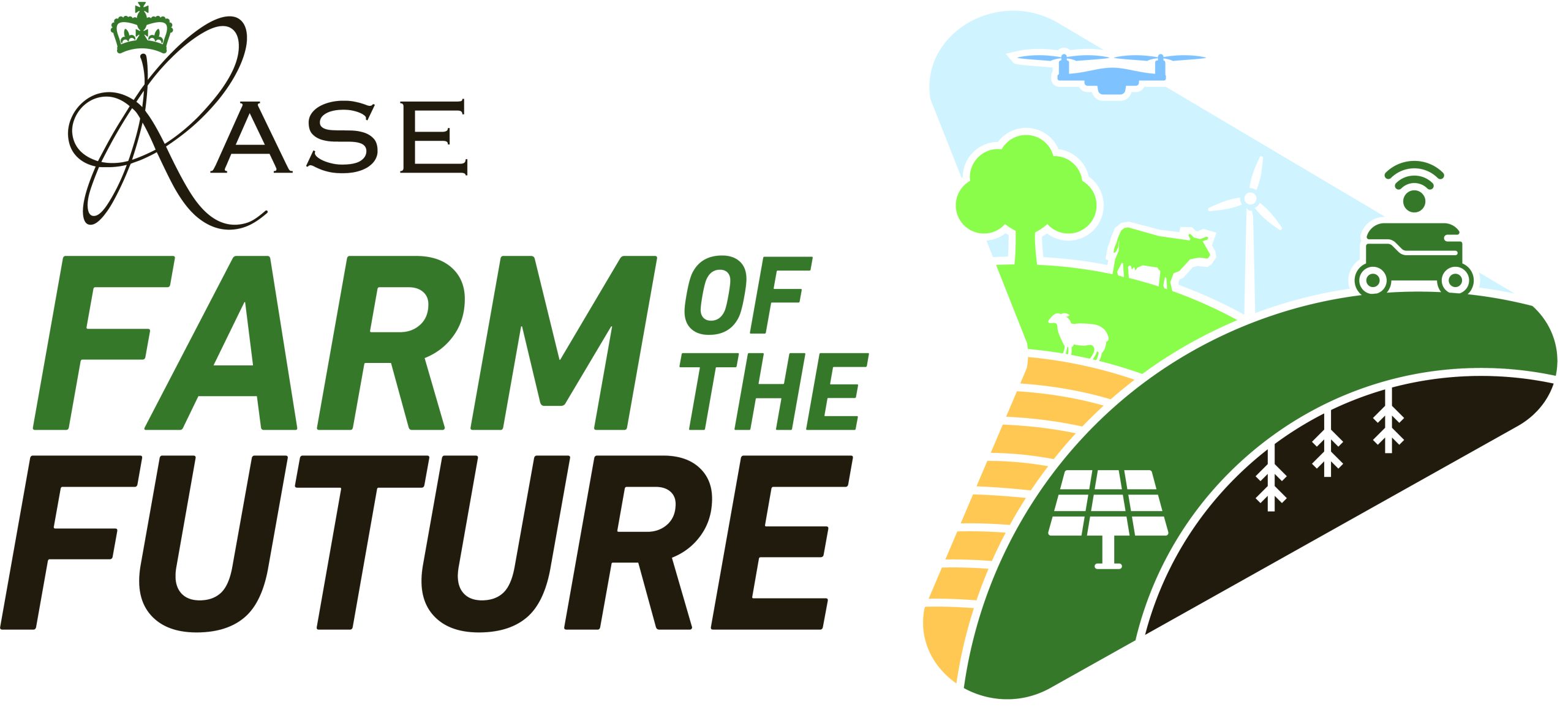Artificial intelligence (AI) has a multitude of uses in livestock farming. For the sixth episode of the Farm of the Future podcast we welcomed David Speller, to delve into the current and future applications for AI in livestock farming.
David began his career as an arable farm manager, before buying a broiler chicken farm, and now operates a number of broiler farm businesses on behalf of the owners, delivering a full management service that produces around 10 million chickens per year. OptiFarm was a spin out from the farm business, as it uses AI to understand why issues are arising and to implement and track corrective actions.
The following blog covers the different subdivisions of artificial intelligence, some uses of AI in animal agriculture and the potential benefits of using AI technology. It is based on this recent Farm of the Future podcast episode, which covers the same themes in more depth.
What is artificial intelligence?
Artificial intelligence is a broad term which encompasses a variety of tasks that can be done by computers, which may have been fulfilled by humans previously. AI can be split into several subdivisions, which include statistical models, machine learning and deep learning.
Statistical models
AI can be used to enable automation of decisions based on calculations. This type of AI uses statistical models, where a computer is fed data and asked to do calculations, which it can do very quickly, compared to a human working it out.
Machine learning
Machine learning is when the AI is set up with a selection of rules, then fed information. The AI looks for patterns or correlations, learning from the data which is fed into it, and can generate ideas.
Deep learning
Deep learning is the next step from machine learning, as the AI will look for the data itself, rather than being reliant on being fed a prescribed set of information. The AI will create its own idea around the data it wants to look at and will start doing assessments much like the human brain might, where it goes off on a tangent exploring things before coming back to understand how it all comes together.
Deep learning AI is essentially getting computers to think in the way human brains might think, but there are limitations. No AI models have yet to demonstrate emotion, empathy or cognitive thinking like the human brain.
How AI is used in livestock farming
In livestock farming, a lot of the uses of AI so far have been using data analytics, rather than deep learning. Most of what is already used today brings data in from different sensors and uses statistical models, analytical models and automation of calculations to provide useful information. Examples include:
- Calculating predicted water consumption of an animal for the next 15 minutes, based on the previous three days
- Using camera systems to analyse faeces and send an alert if droppings are becoming unhealthy in the barn
- Monitoring bird movement to assess whether birds are moving as much as you’d want them to
- Combining data from weighing birds with a visual image, to understand how much is feathers and how much is body mass
- Working out feed consumption rate and placing feed order so it is timed correctly so there’s enough room in the feed silos
- Managing the ventilation system
- Sending data to customers
- Record keeping
- Sharing data with veterinarians
- Monitoring of pullets and shining a laser to break up any clumps in the barn, to prevent smothers
What are the benefits of using AI?
Speaking in the podcast, David shared that he is yet to see an AI system that is better than the best stockperson in the barn assessing a group of birds. But on an average broiler farm of four 100m long barns, the stockperson is only within the region of any given group of birds for five to ten minutes per day, even if they spend the whole day going in and out of barns.
AI systems linked to sensors in the barns can keep an eye on things all the time, which can bring peace of mind for farmers as they start to trust the systems.
Reduced admin is another key benefit. For example, by having a system in place that monitors the rate of feed consumption and communicates directly with the feed mill to order feed and time the delivery can free up a significant amount of time and administrative tasks for the stockperson, enabling them to concentrate on the animals.
What’s next for Artificial Intelligence in agriculture?
The current uses of AI in agriculture are providing more information, more graphs, more computer software, more dashboards to look at and more alarms, so it can sometimes seem like more work rather than less. The next step will involve further automation, to provide more time-saving benefits to the farmer.
One exciting use of AI is to ask it to summarise outputs. Speaking in the podcast, David shared that they have recently fed live data from 100 sheds automatically into the ChatGPT system, then asked it to share in one paragraph where the main problem was and what it was, which it managed successfully.
The impact of this is significant, as it means a farmer or stockperson will effectively be able to make a cup of coffee in the morning and ask their smart speaker, ”How was everything overnight?” and get a one sentence summary that includes how everything was and what they need to prioritise that day.
Deep learning AI and livestock farming
As more data becomes available, uses of AI in livestock farming will be able to move into the realms of machine learning and deep learning, as well as analysis of data provided by sensors.
Speaking in the podcast, David shared the example of his farms slowly moving over to the Better Chicken Commitment. This involves putting fewer birds in the barn, keeping them slightly longer and in some cases using different genetics, which brings the challenge of not knowing the most efficient way to manage them.
He explained that there was a high level of expertise in exactly how to manage birds in the previous system, but to manage the new system there is a need to work out the nutrition to give the birds and what temperature and ventilation rates they need. With less birds in the barn, they get more wind chill, so you need a different temperature profile. They need a different humidity profile because they are not respiring as much moisture as the others were. Without AI it could take ten years to work out how to efficiently grow a slower growing bird, but with deep learning AI and enough availability of data, this could be accelerated to between one and two years.
There is a huge amount to consider when it comes to identifying how best to use AI in livestock farming. AI can already provide continuous monitoring of livestock to alert as issues arise. As the technology develops, there will be increasing opportunity for AI to reduce workload for farmers and stockpersons, enabling more focus on the animals. To find out more, listen to the episode here, or search for ‘RASE Farm of the Future’ wherever you get your podcasts.

